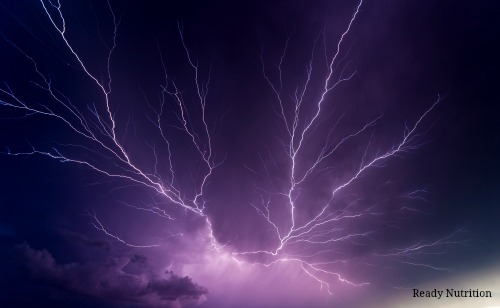
Data Collection
Storm-chasing may seem like a reckless hobby, but it serves a number of very fundamental purposes for science and survival. Storm chasers are field researchers who, unlike the mass majority, get a bit of excitement at the thought of an oncoming storm, hurricane or tornado, because they are the ones who are going to catch it on video and study it so that these events can be better predicted in the future and, ultimately, so that lives can be saved as a result. Chasers carry radios, phones, and computers that enable them to receive constant updates on the storm’s location and intensity, assisted by data from the National Weather Service (NWS) or SkyWarn spotters. The constant updates require that a chaser travel with at least one other person — one can drive while the other one tracks the twister. In addition to data collection, storm chasers are generally looking to help with the community relief effort in the devastation after a major storm. They are driven by the desire to rescue victims of a storm when there may be nobody around to help them as well as preventing such situations in the future.
Scientists Living on the Edge
Reed Timmer, a meteorologist with a Ph.D. in atmospheric science, has been chasing storms since he was 16. He had always been fascinated by the science behind storms, and he is driven to document them to further scientific understanding of this phenomena. He is now working with AccuWeather as a professional storm chaser where he sends vital information back to forecasters, enhancing real-time observations and providing data that can only be recorded on the ground. Storm chasers like Timmer collect intel from inside of a tornado in order to better understand the nature of the phenomena and the mechanism involved. Storm chasers are crucial for establishing a foundation of data to assist researchers to make better predictions, improve relief efforts and ultimately save lives in the future through improving our understanding of these phenomena and the mechanisms involved therein.
“These storms are still some of the most beautiful forms of nature you’ll ever see, but they’re also some of the most devastating,” said Timmer. “The damage they leave behind is the dark side, but storm chasers try to prevent that.”
Community Relief Efforts
Perhaps more important than prevention, storm chasers are a close community of first-responders who are generally ready and willing to assist victims left behind in the aftermath of a destructive storm. Storm chasers get as close to the eye of the storm as they can be without endangering their own lives, and they often arrive at the damaged areas before emergency personnel are prepared to respond to emergency calls, and for this reason, storm chasers are likely to be the first faces you may see should you fall victim to a powerful storm. Often times, they are the ones leading medical personnel to the disaster scene. Communities tend to come together when they have experienced a major disaster, and storm chasers are no different. Time and again, they drop what they are doing to help victims who may be trapped beneath the rubble in the aftermath of a storm.
“Whenever that happens, we drop everything, end the chase and help out in the rescue effort,” Timmer said. “In the end, it’s about helping people.”
This article was originally published at Ready Nutrition™ on February 8th, 2017






